What Is Not An Example Of Active Treatment For Pathological Fractures?
What is not an example of active treatment for pathological fractures?. Surgical treatment emergency department encounter and evaluation and continuing treatment by the same or different provider. Cast change Response Feedback. When selecting a treatment for a pathological fracture important considerations are the type of tumour availability of effective adjuvant treatments and general health of the patient.
The goals of treatment are pain relief reversal or stabilization of neurological deficits and stabilization of the spine. The optimal treatment of a pathological fracture is preventive. Evaluation and treatment by a new physician.
Pathologic fractures dont always have symptoms. This is an incomplete abortion because there are retained. ICD-10-CM Coding Tips.
With radiology though it could go either way. -Examples of active treatment include surgical treatment emergency department encounters and evaluation and treatment by a new physician. Examples of active treatment include surgical treatment emergency department encounters and evaluation and treatment by a new physician.
Mild to severe pain near the broken bone. Surgical treatment Emergency room encounter Evaluation treatment by a new physician Seventh character D is to be used for encounters after the patient has completed active treatment. The seventh character A is for use as long as the patient is receiving active treatment for a pathologic fracture.
A refill or prescription for pain medication is not considered active fracture treatment for diagnosis coding. For the most part nonoperative treatments are recommended for less severe pathologic fractures. Pathologic fractures are not associated only with malignant or aggressive bone tumors.
According to ICD-10-CM guideline IC19a examples of active treatment are. The situation you mentioned about subsequent fractures on the observation side could happen also.
A refill or prescription for pain medication is not considered active fracture treatment for diagnosis coding.
-Examples of active treatment include surgical treatment emergency department encounters and evaluation and treatment by a new physician. In the pediatric population fractures most commonly occur through benign active lesions such as non-ossifying fibroma unicameral bone cyst and fibrous dysplasia. Asked Aug 31 2017 in Health Professions by Anneboa. When they do they share the same symptoms as an injury-related fracture. Emergency department care d. Fractures are coded using the appropriate 7th-character extension for subsequent care for encounters after the patient has completed active treatment of the fracture and is receiving routine care for the fracture during the healing or recovery phase. If the patient is already receiving active treatment for traumatic fractures initial encounter codes are used for example evaluation by a new physician. She makes an appointment with her PCP. Fractures on the surgical side are definitely in active status.
Fractures are coded using the appropriate 7th-character extension for subsequent care for encounters after the patient has completed active treatment of the fracture and is receiving routine care for the fracture during the healing or recovery phase. Sometimes its active treatment sometimes its subsequent. Cast change Correct Answer. Examples of active treatment are. This is an incomplete abortion because there are retained. A refill or prescription for pain medication is not considered active fracture treatment for diagnosis coding. Surgical treatment Emergency room encounter Evaluation treatment by a new physician Seventh character D is to be used for encounters after the patient has completed active treatment.






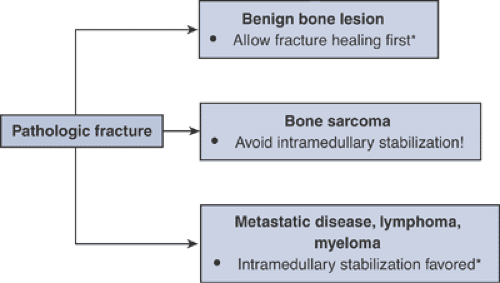




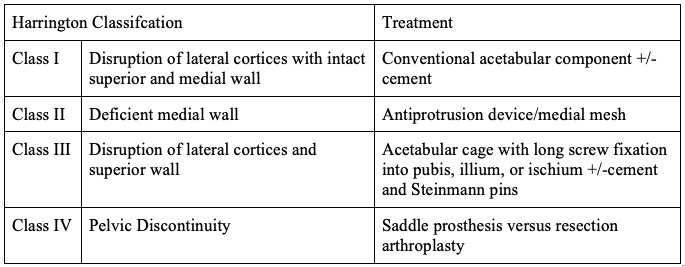

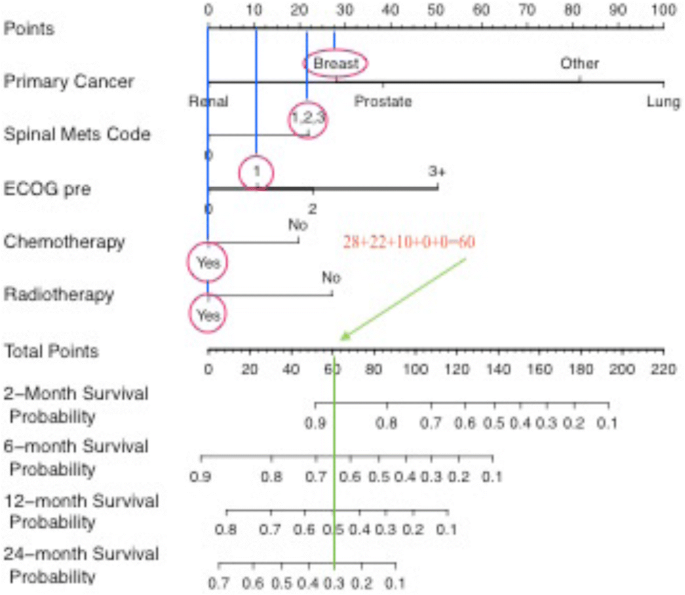
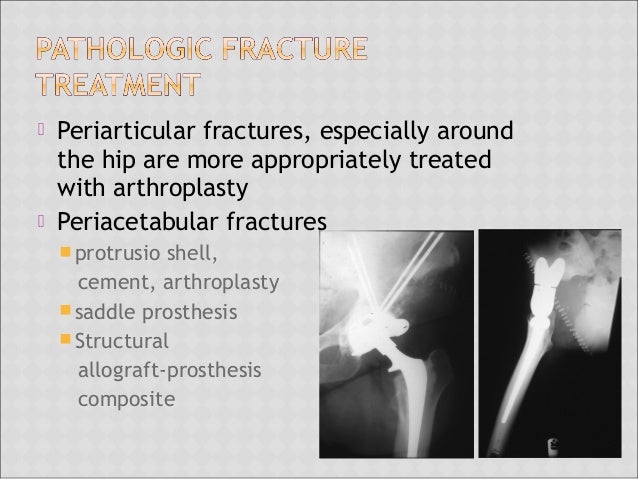
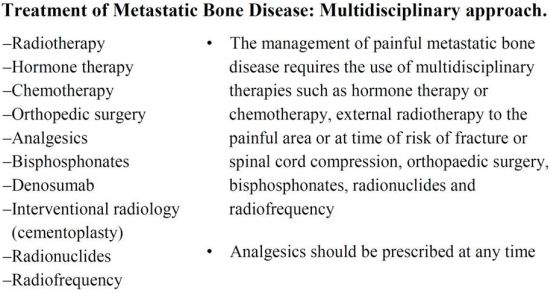


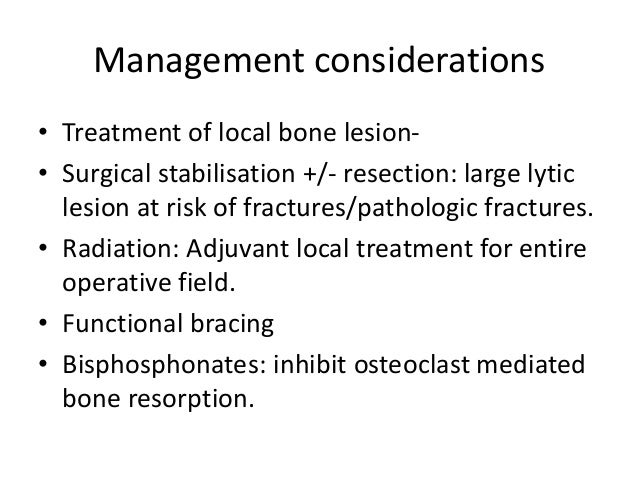


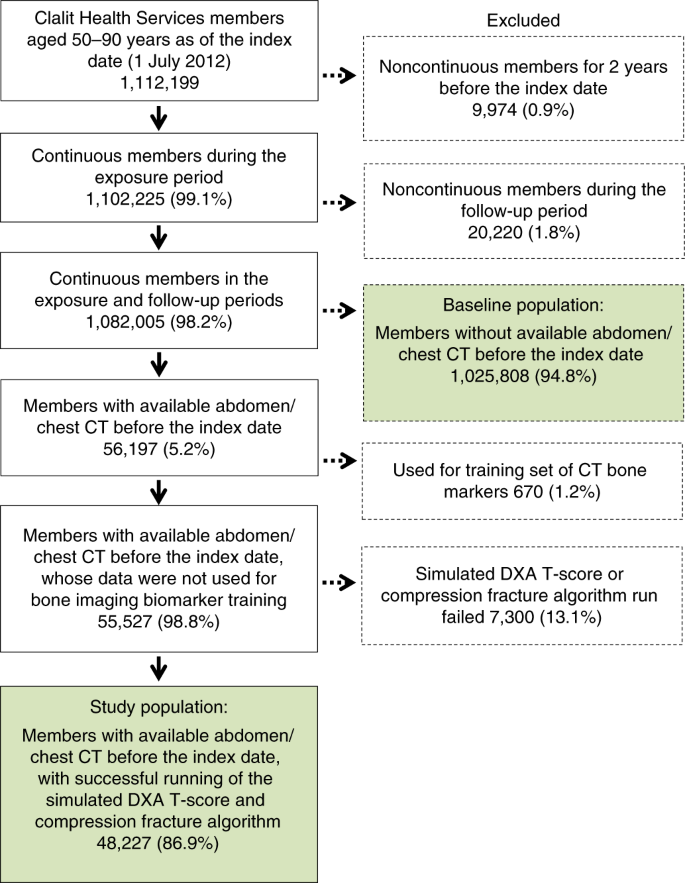

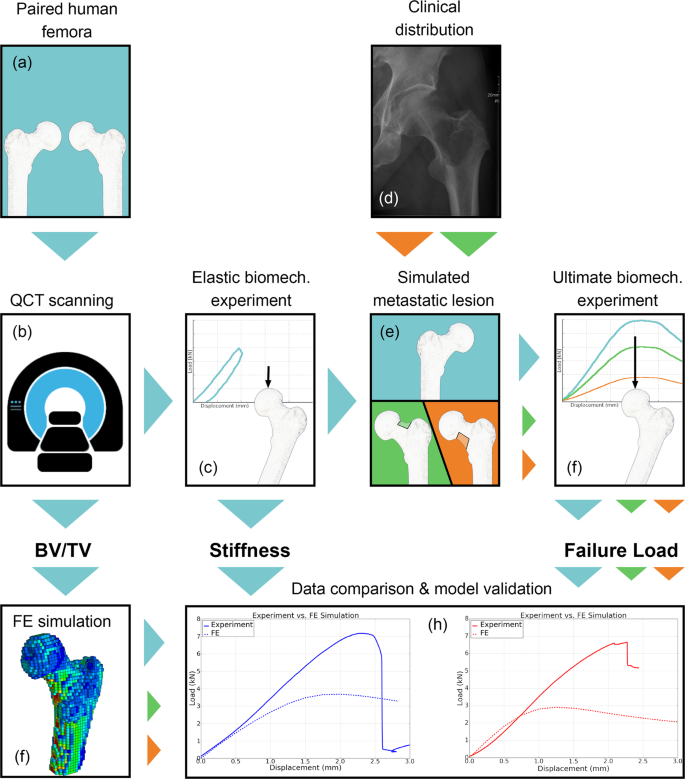
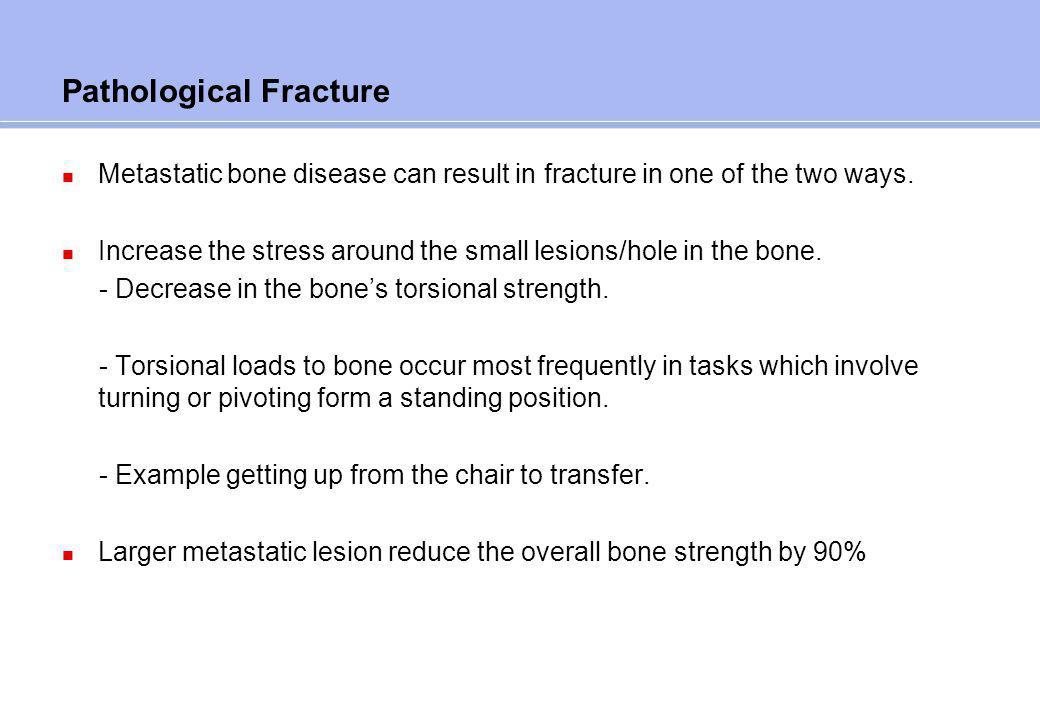
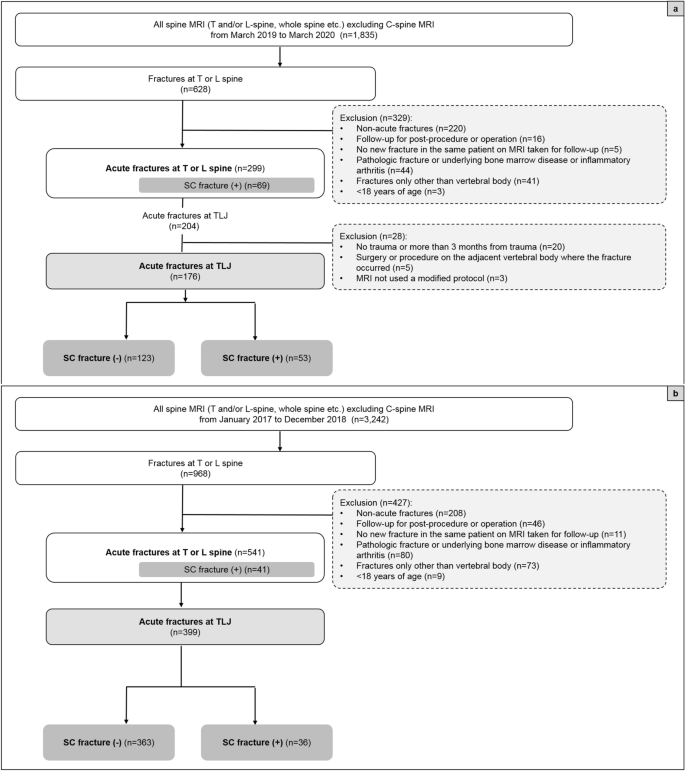


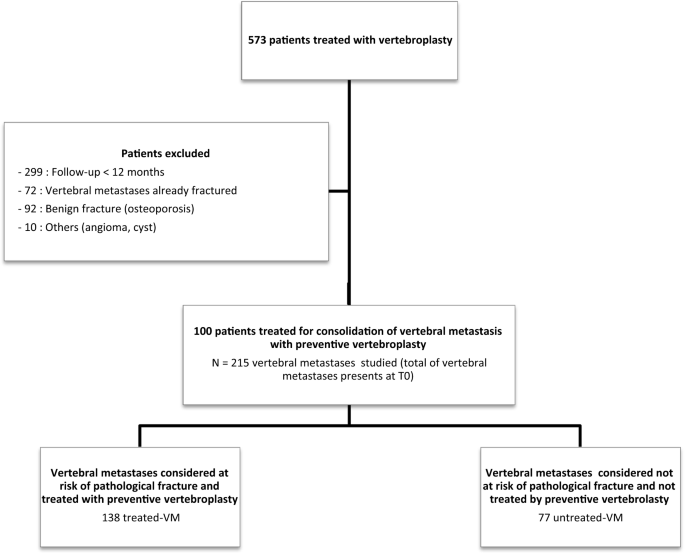




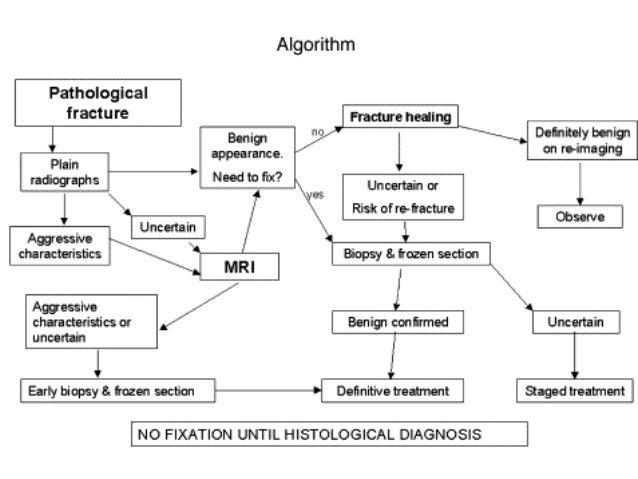




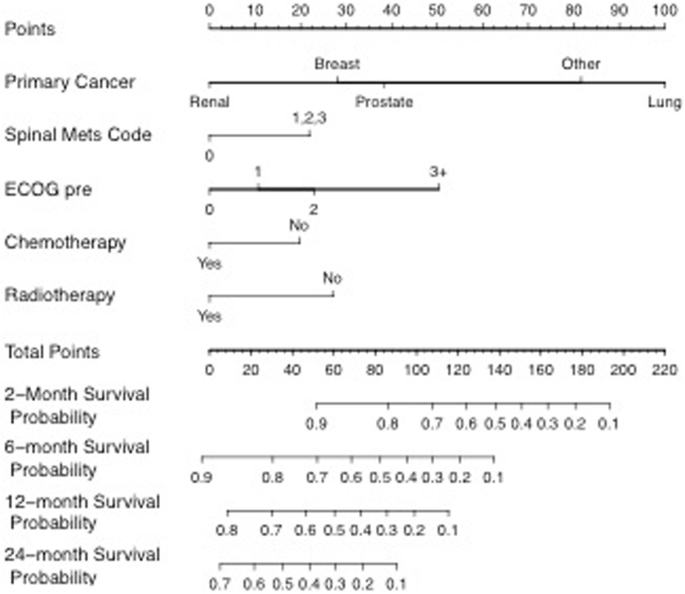
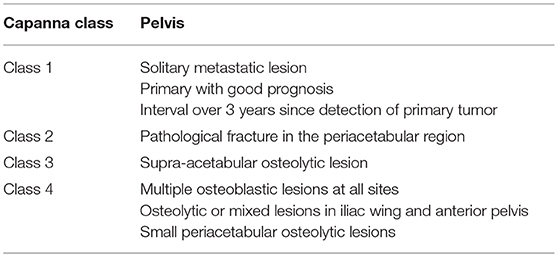
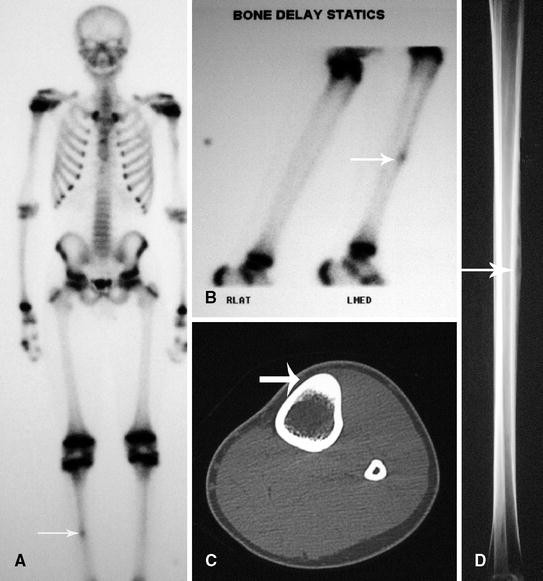
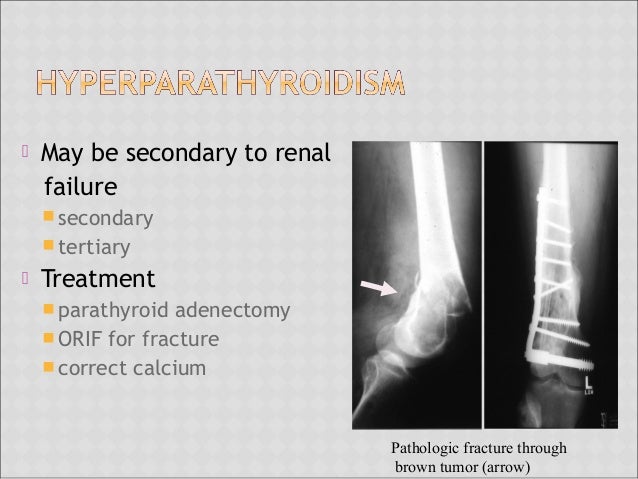

Post a Comment for "What Is Not An Example Of Active Treatment For Pathological Fractures?"